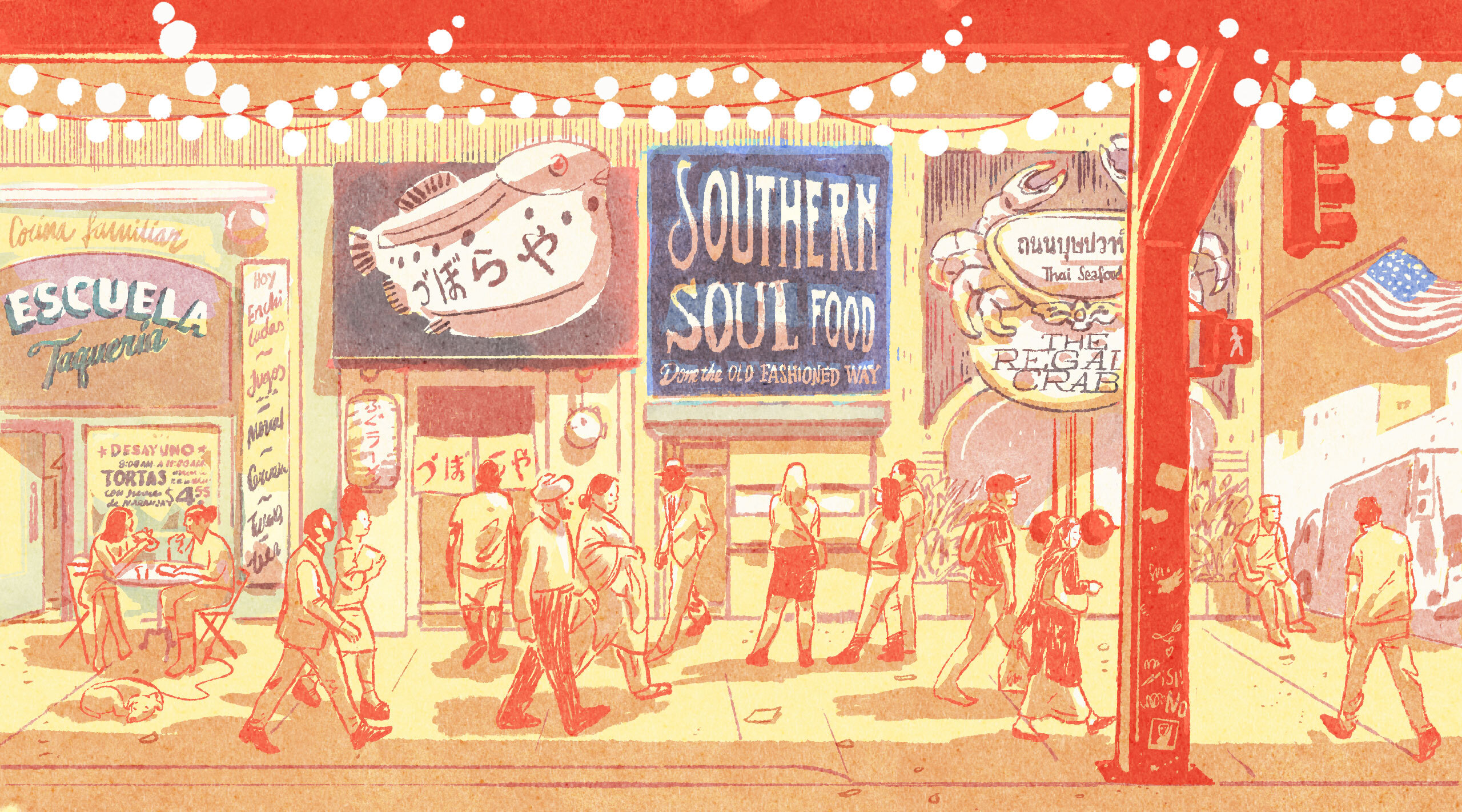
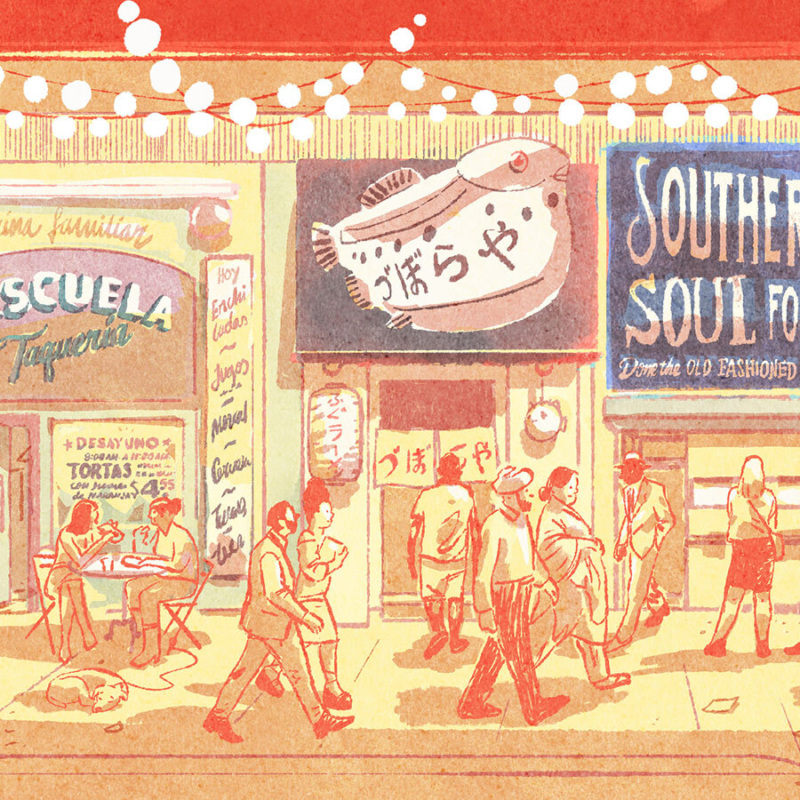
Resy Presents
The Community Series
These are the stories of the people and places that make our communities special, told through their own voices and perspectives.
Illustrations by Luis Mendo
Close
Resy Presents
These are the stories of the people and places that make our communities special, told through their own voices and perspectives.
Illustrations by Luis Mendo
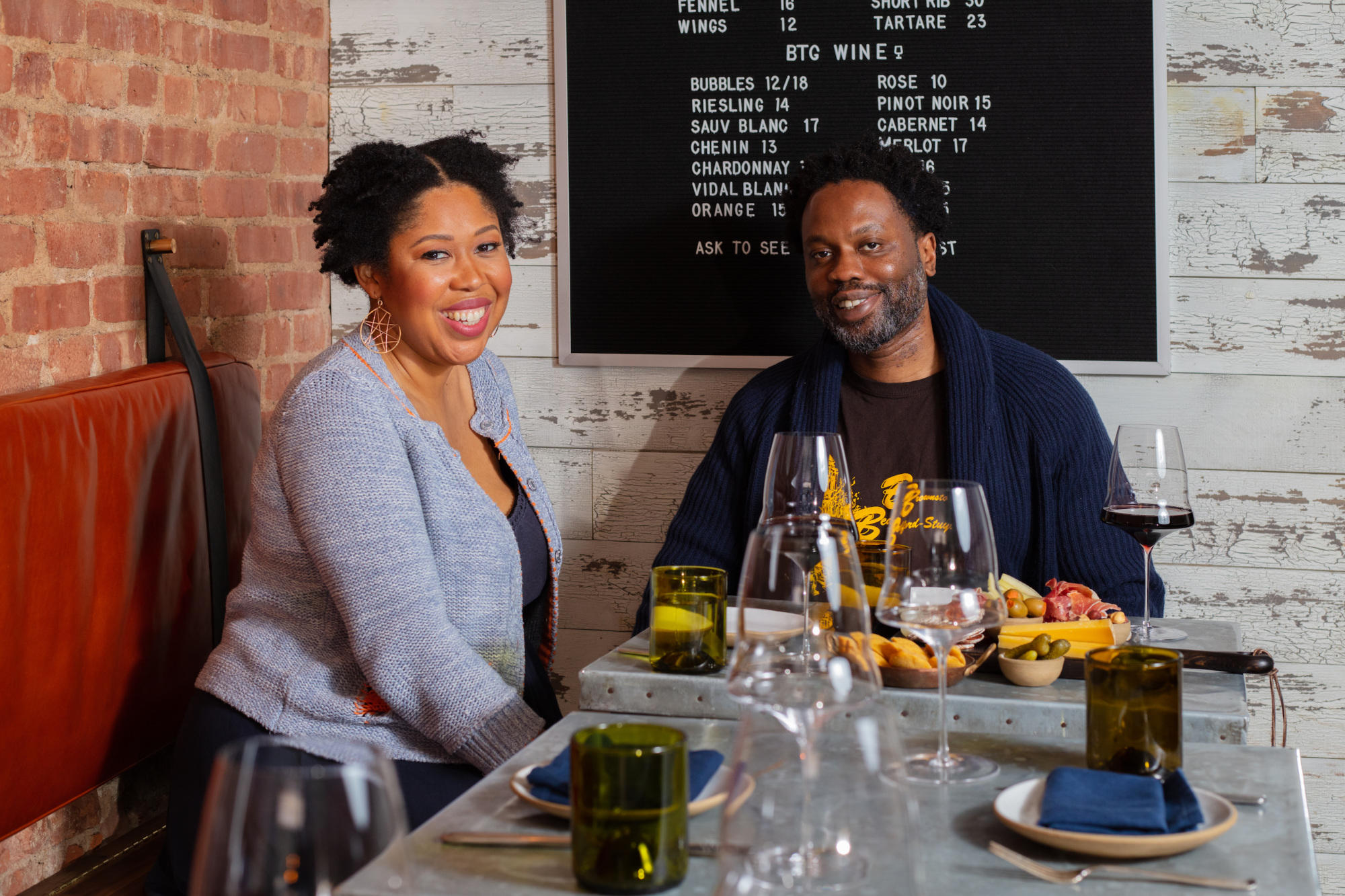
On a chilly Sunday in Brooklyn, Cynthia Gordy Giwa and her husband, Tayo Giwa, meet me bright and early at…
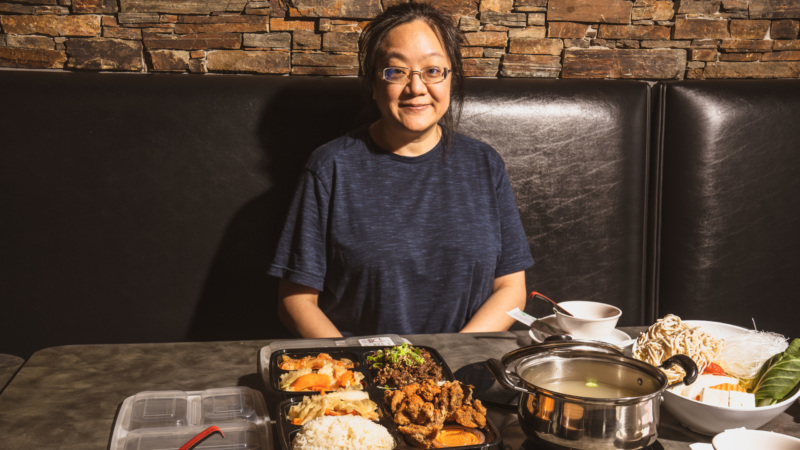
Debbie Chen is a co-owner of Shabu House in Houston’s Asiatown, as well as an immigration attorney and the program…
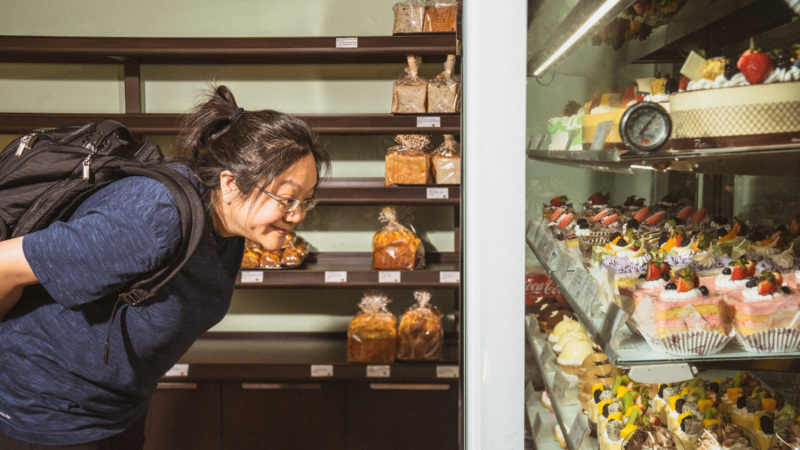
As someone who grew up in the heart of Houston’s Asiatown — and who is still deeply embedded in the…

Born in the small border town of Agua Prieta in 1947, Zarela Martínez learned to cook on ranchos with her…
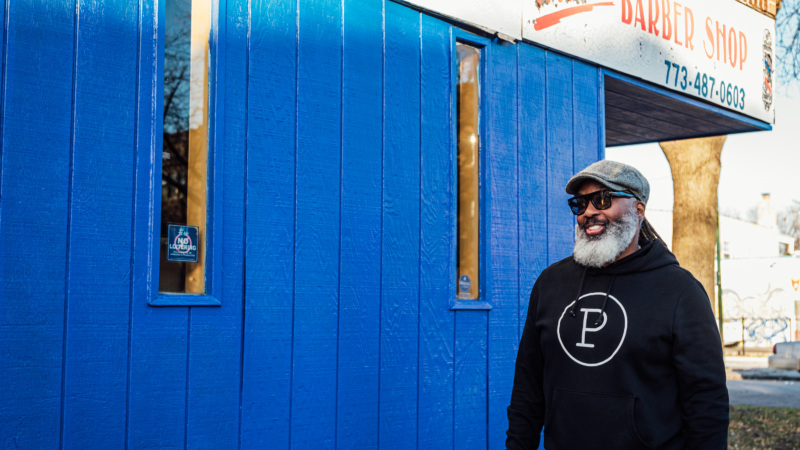
Chicago native Cliff Rome is the chef and owner of the Rome’s Joy companies. His words follow. It was right…
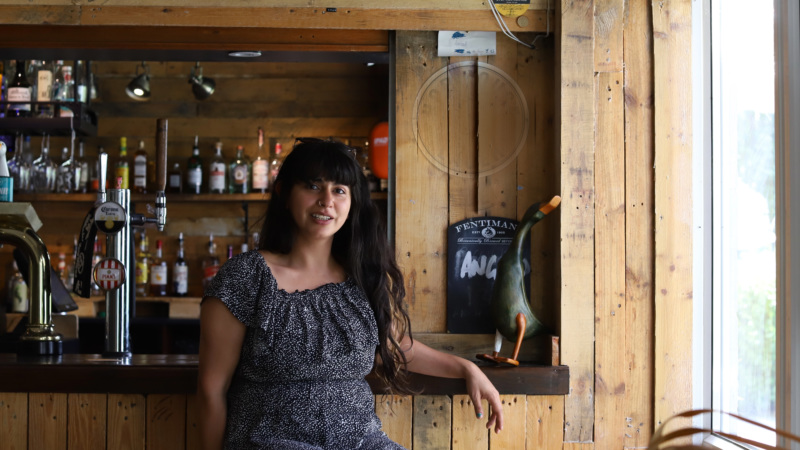
Born in Kabul, Afghanistan, and raised in Hackney in London, Mursal Saiq is the co-founder and director of Cue Point,…
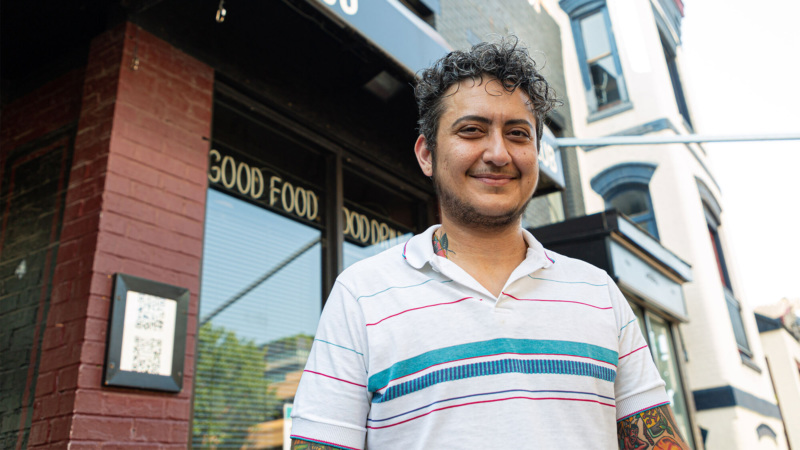
Silver Spring, Md. native Marcelle G Afram is the chef and owner of Shababi in Washington, D.C. They previously worked at restaurants that…
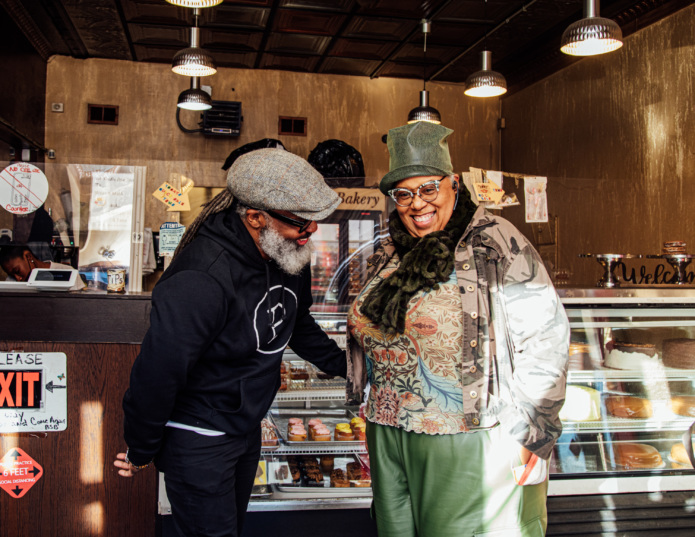
Places like this one aren’t trendy; these are real people cooking real food. There’s truth here. They put in the work.— Cliff Rome, ‘A Chef’s Guide to Eating on Chicago’s South Side, From Pilsen to West Roseland.’
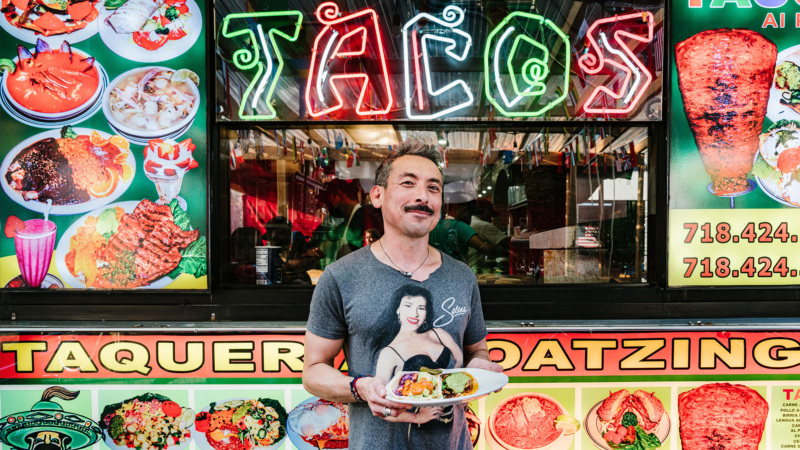
“Sweet baby Quetzalcoatl, this would last people a week.” It’s a hot, sticky August day in Corona, Queens, and a…
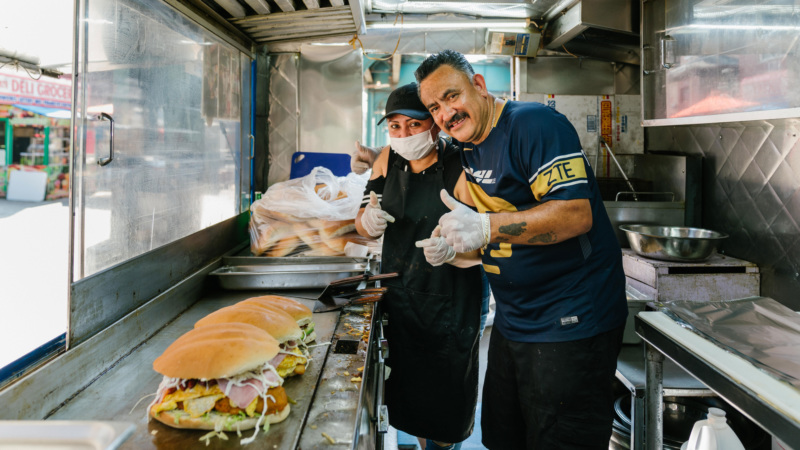
On a hot, sticky August day, St. John’s University English professor Steven Alvarez, who teaches a class on Taco Literacy,…
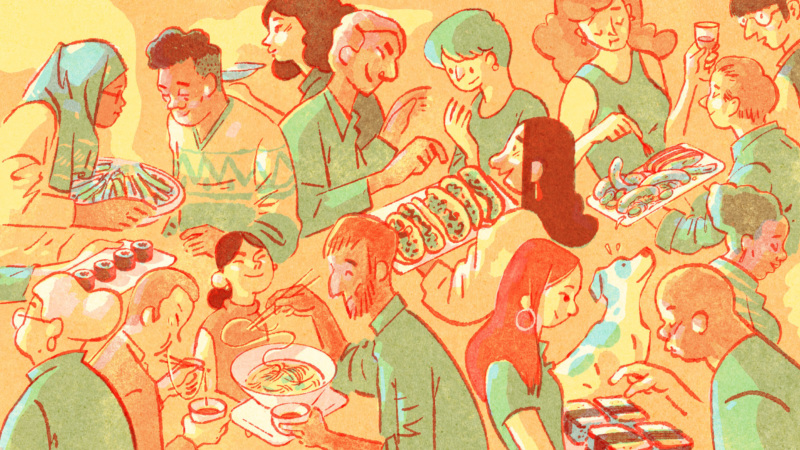
Welcome to the Community Series. These are the stories of the people and places that make our communities special, told…
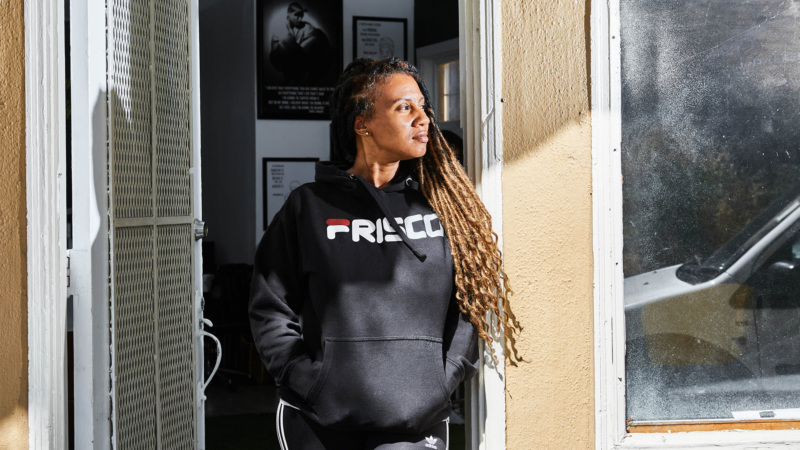
San Francisco native Tiffany Carter is the chef and owner of Boug Cali in San Francisco, as well as a…
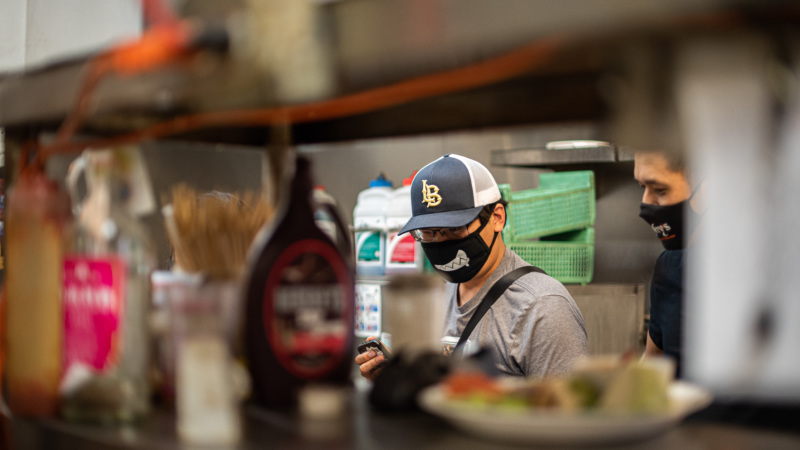
James Tir is a Cambodian American food content creator and Long Beach, Calif. native who grew up in Long Beach’s…
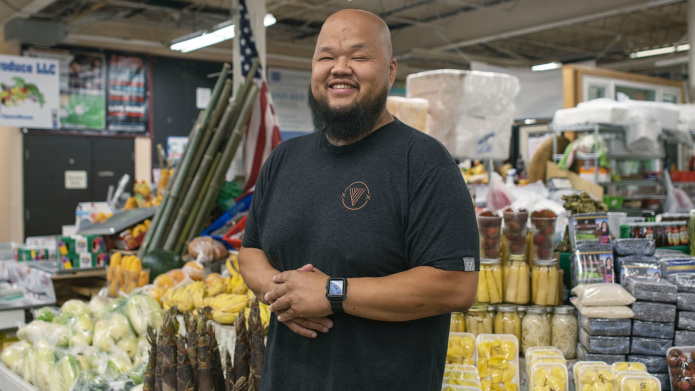
Hmong food is a philosophy. It’s a way of thinking about food that’s all-encompassing. If you want to know our culture and our people, just look at our food. Because our food is intricately woven into our cultural DNA. It tells the story of who we are.— Yia Vang, ‘Hmong Food Isn’t a Cuisine. It’s a Philosophy.’
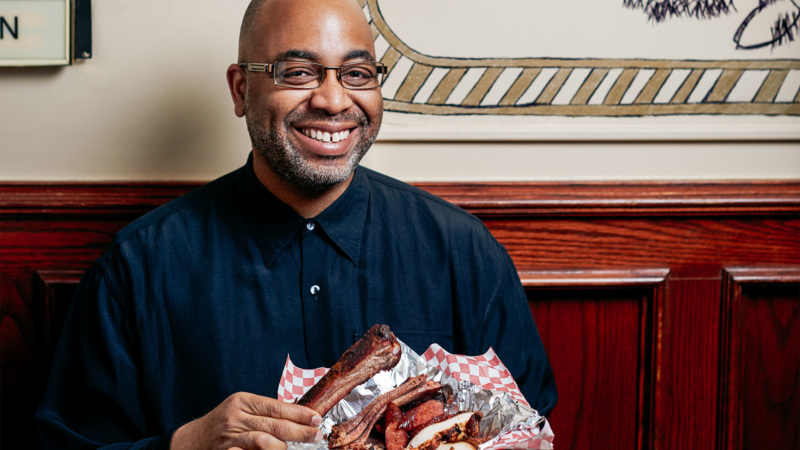
Food historian Adrian Miller doesn’t remember how old he was when he started craving his mother’s barbecued pork spareribs, sausages,…
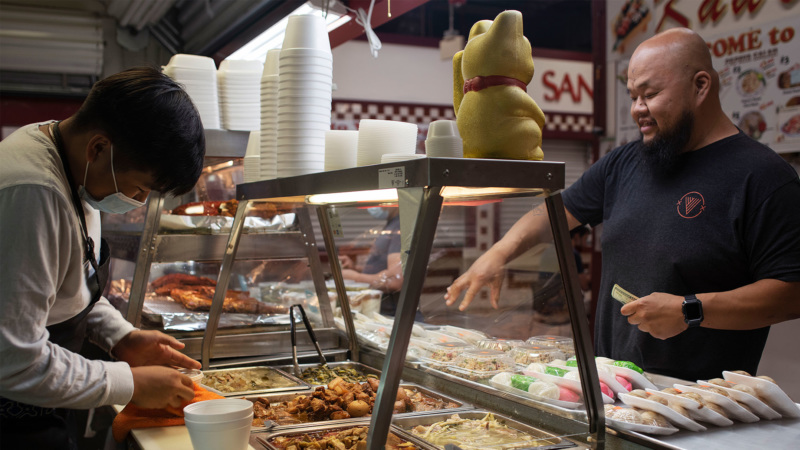
As the home to the largest concentration of Hmong people outside of Southeast Asia, it only makes sense that the…
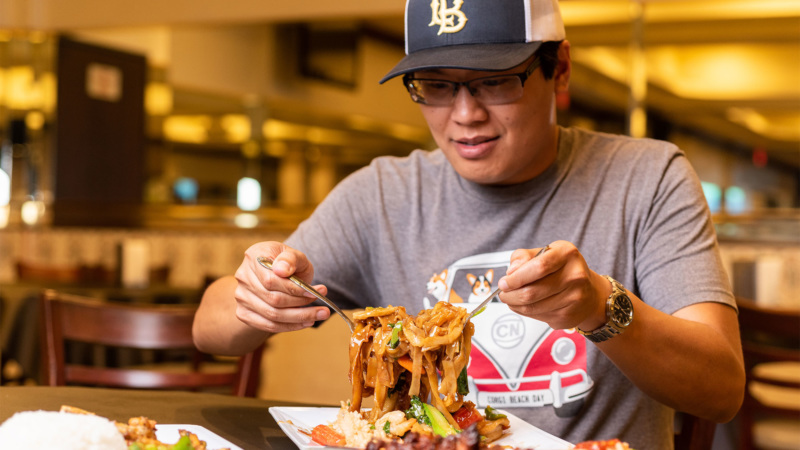
James Tir, known as @lbfoodcoma on Instagram, is no stranger to knowing the best places to grab a bite to…
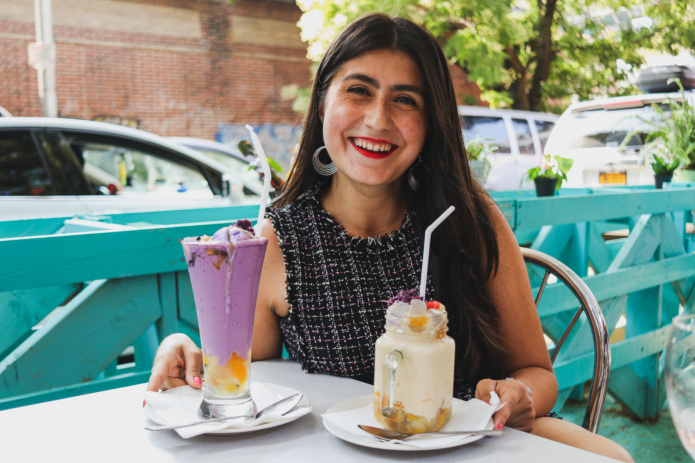
Food is the great connector and allows us to be open to new flavors in the same way we should always be open to new people and new understandings. I can’t tell you how proud I am to come from a place where we show coexistence is possible every day. Side by side. I have the best neighbors in the world.— Jessica Ramos, ‘The Ultimate Guide to Queens.’
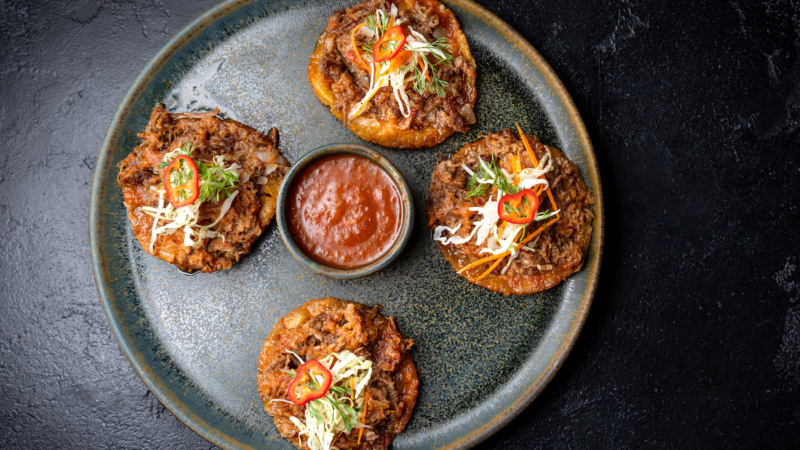
Los Angeles is a Mexican city. A wide array of Mexico’s state cuisines can be found in Los Angeles, in…

Restaurants have only been open for outdoor dining in London for a couple of days, but Susie Lau has already…
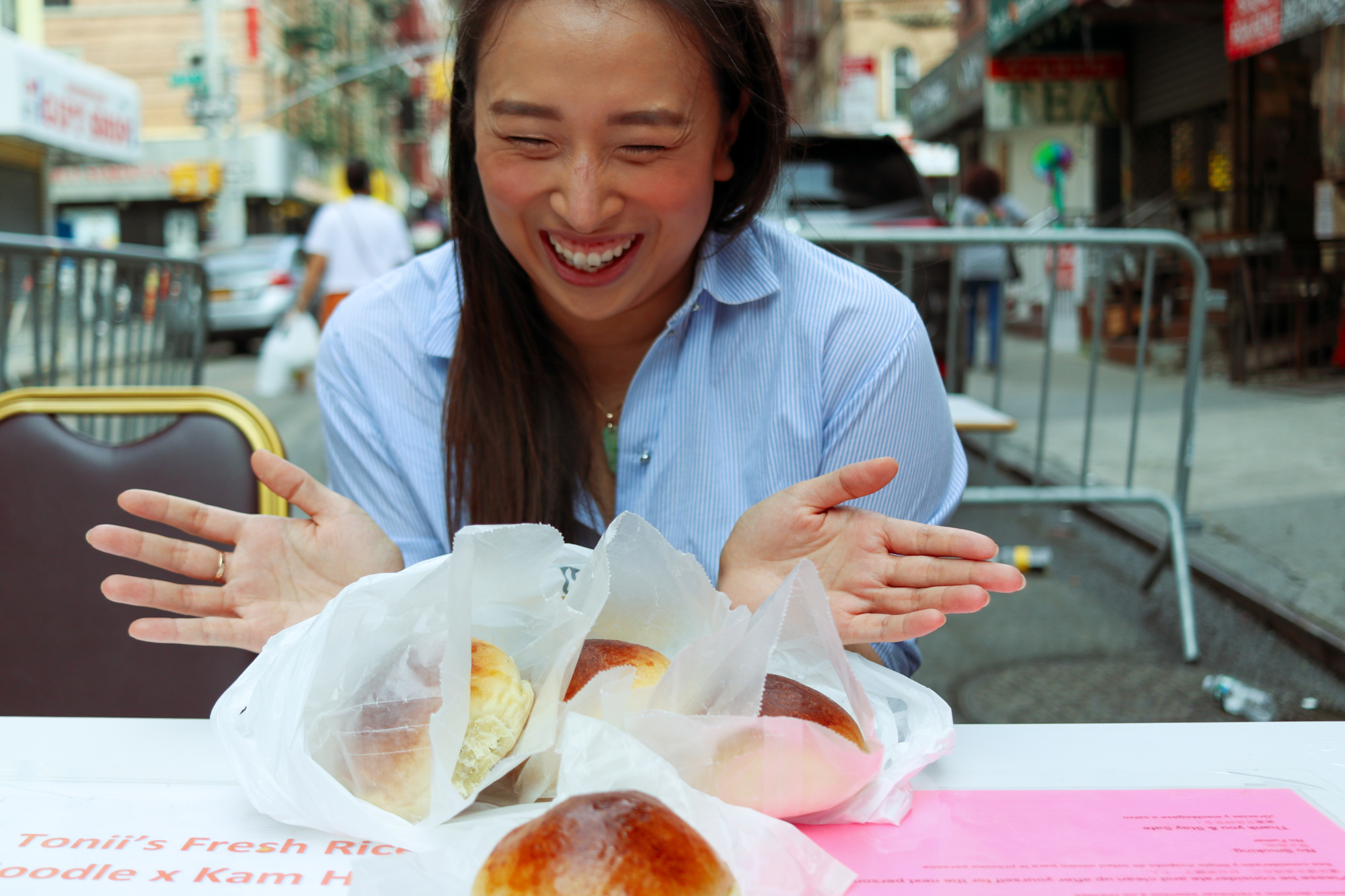
This March, New York State Assemblywoman Yuh-Line Niou, who represents Manhattan’s Chinatown and the Financial District, did something she never thought she’d…
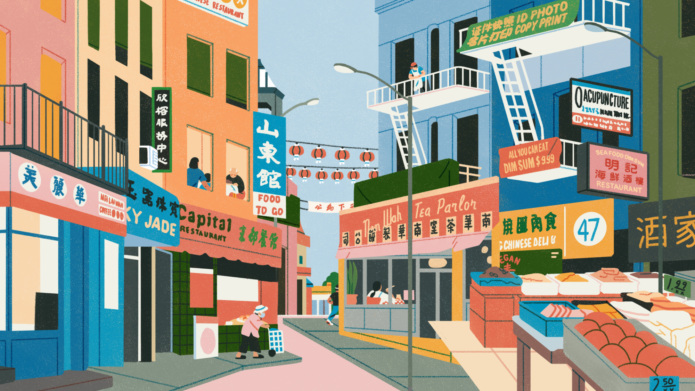
For nearly two centuries, Chinatowns have been an essential part of American communities. If they began in the 1840s as safe havens for Chinese immigrants, they have remained vital parts of our cities ever since — neighborhoods where Americans could find opportunity, discovery, reinvention. Neighborhoods where we all come together to eat.— Click through to find definitive guides and stories about Chinatowns everywhere
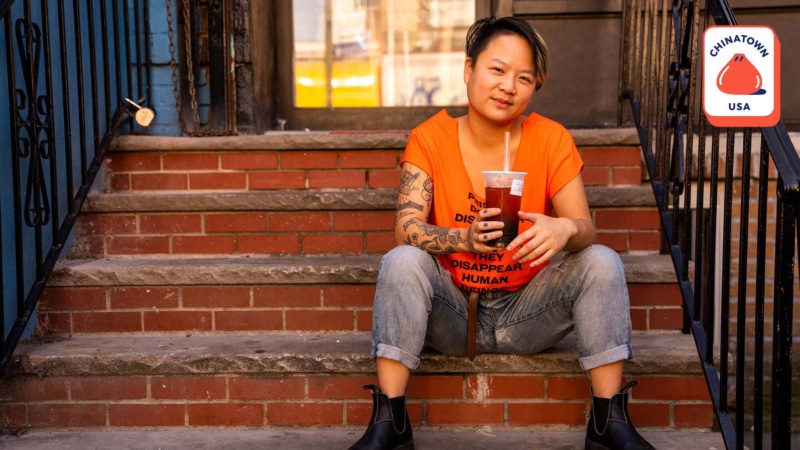
It’s the height of autumn in Sunset Park. We’re on a sunny strip of concrete on the edge of 8th…
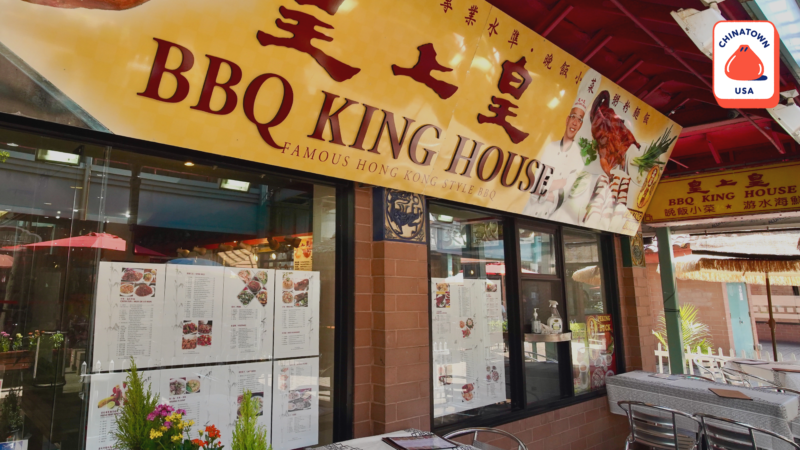
Chicago’s “Second City” moniker extends to its Chinatown. By population and business density, it’s no Manhattan or San Francisco. Few…
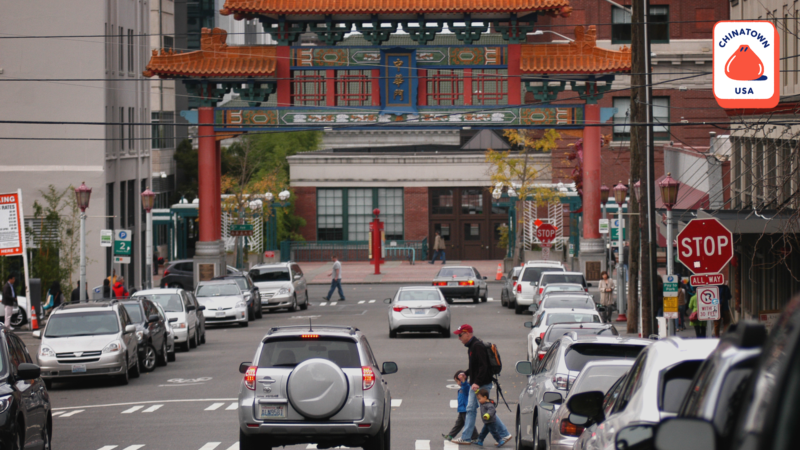
Asian people have been a part of Seattle since the Pacific coast city was founded in the 1850s. Chinese settlers…